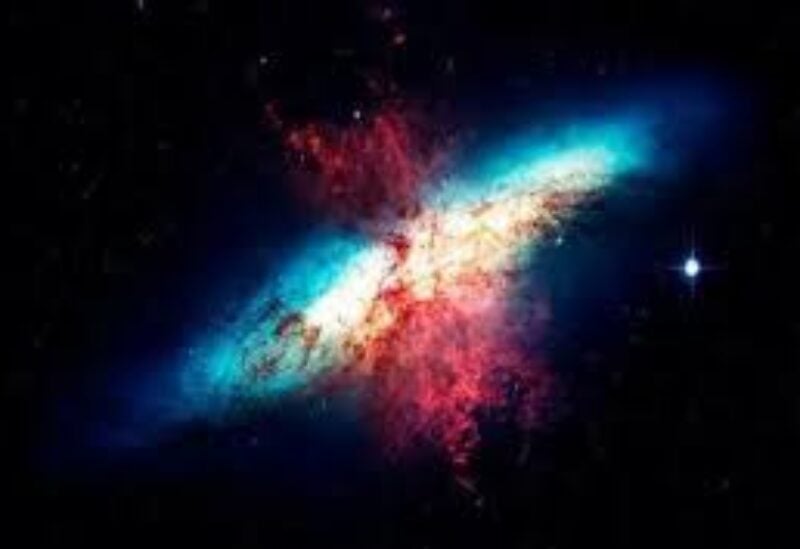
The Universe sybmolic
Comet C/2017 K2 (PANSTARRS), called K2 for short, an enormous comet that is twice the size of Mount Everest, has entered the inner part of our solar system and is about to pass through Earth in July.
K2 was first spotted by the Hubble Space Telescope on the outer reaches of the solar system in 2017.
At the time, K2 was considered the farthest active comet ever spotted, although it was surpassed by a distant megacomet named Comet Bernardinelli-Bernstein last year.
According to astronomers, K2 will make its closest approach to Earth on July 14 during which the comet will be approximately 168 million miles (270 million kilometres) from Earth.
Those who don’t own a telescope can view the comet’s passage online through public observatories like the Virtual Telescope Project’s live webcast. It will begin at 2215 GM) on July 14.
After it passes Earth in July, K2 will continue its journey on toward perihelion, which is its closest pass by the sun.
Scientists have known about comet C/2017 K2 for several years. But there has been a debate about how big the comet’s nucleus is. According to NASA solar system ambassadors Eddie Irrizarry and Kelly Kizer Whitt, it is estimated that the comet falls between a range of 11 and 100 miles (18 and 161 kilometres) wide.
The size of the comet’s tail, or coma, is also being debated by astronomers. The trail of dust and gases behind C/2017 K2 is estimated to be anywhere between 81,000 and 500,000 miles (130,000 and 800,000 kilometres) across.
Moreover, the comet has been getting brighter as it continued to make its way toward the inner solar system.
During its closest approach on July 14, the comet is expected to brighten to magnitude 8 or even 7, which, unfortunately, is still too dim for the unaided eye to see, according to EarthSky.org.
K2 will remain in telescope view throughout the summer before heading off for its closest approach to the sun, which will occur on December 19.